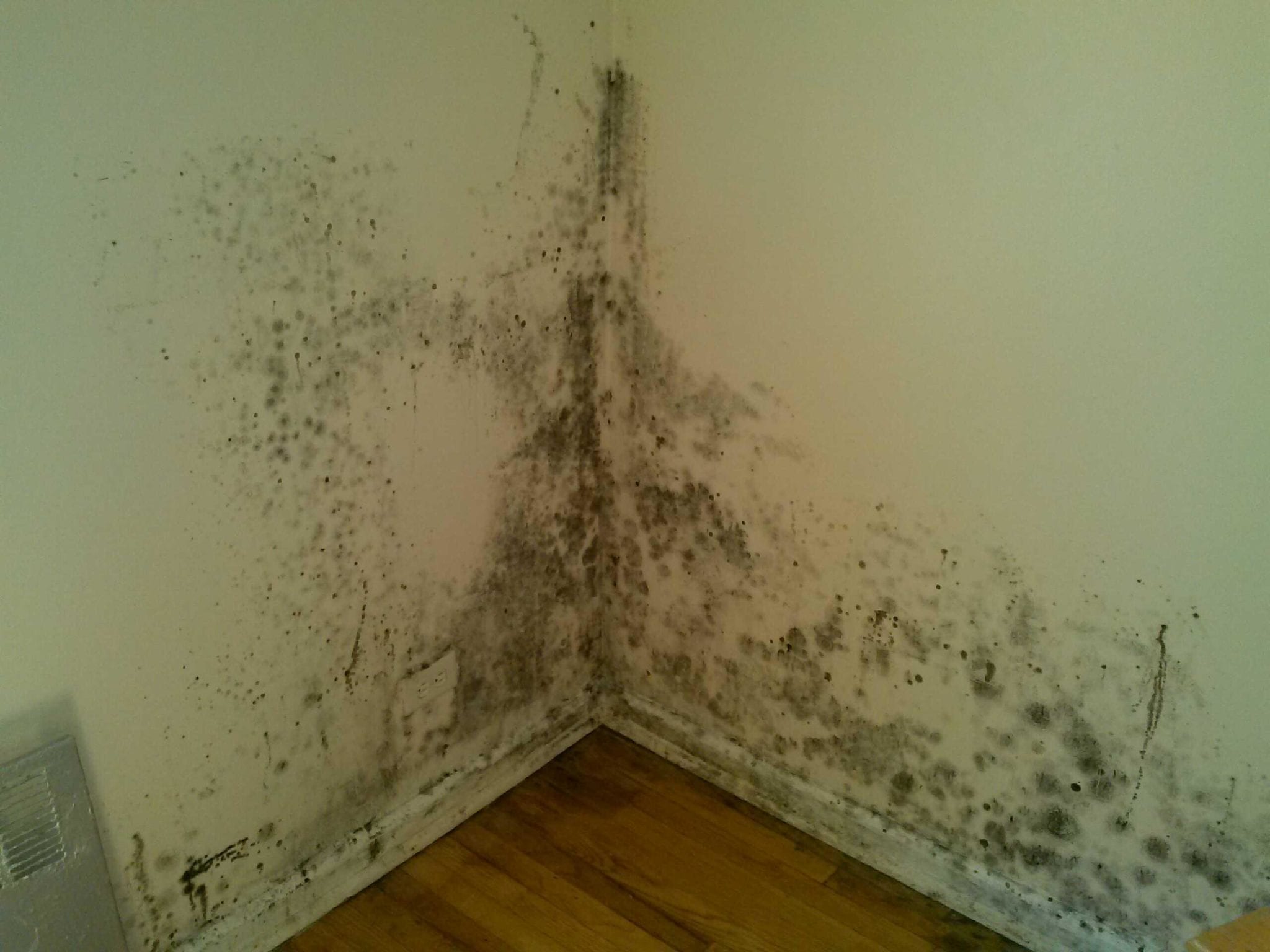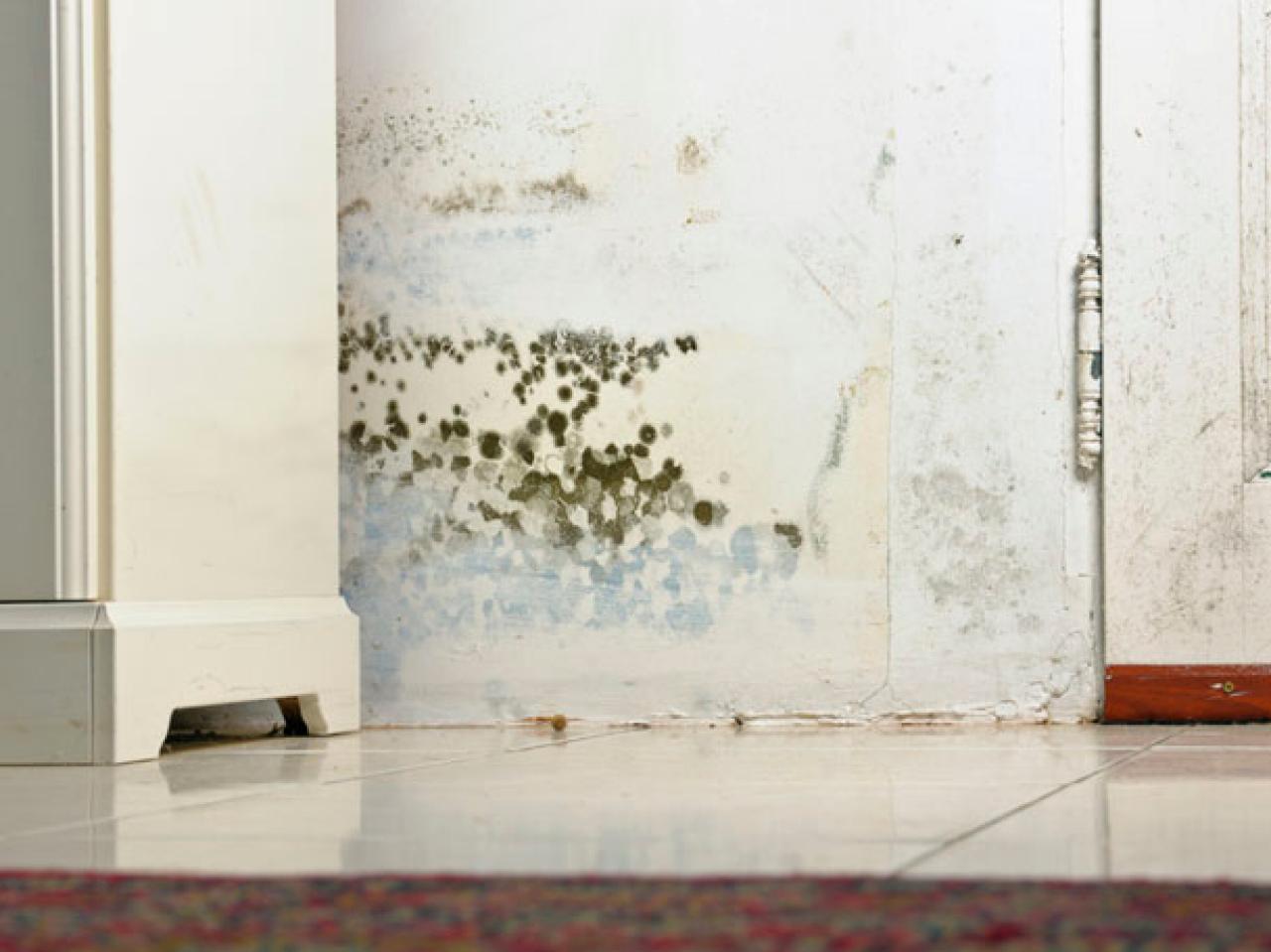Table Of Content

They can also latch onto your clothing or pets when you go outdoors. Once they find an area with the proper conditions, they grow and spread on surfaces until they become visible to the naked eye. There isn’t any evidence that black mold exposure causes other serious health issues such as memory loss, nosebleeds, body aches or mood disorders. Black mold is a type of fungus that looks dark green or black. There are many kinds of black mold, but when most people refer to it, they’re referring to Stachybotrys chartarum (S. chartarum).
Mold Cleanup in Your Home

AIPH is a type of hemorrhage in infants in which blood leaks from a blood vessel around the airways into the lungs. However, black mold isn’t any more dangerous than any other types of mold. If the moldy area is widespread and larger than approximately a 2-foot by 2-foot area, call in a pro to have it removed safely.
Damp Walls, Upholstery, Floor, or Cabinetry
If you have to stay in a moldy home, you need to take steps to reduce your exposure to mold. Mold will only flourish if spores land somewhere with the ideal conditions for growing, such as moisture and a supply of suitable nutrients. Having mold in your home won’t necessarily make you sick, but it does have the potential to cause certain health issues. Here, extra molding beneath each creates a picture frame-like detailing and plays into the shiplap walls. There's no lack of detail here thanks to various layers of wall molding, but it's the fireplace that really stands out. Rather than a fancy marble or stone hearth and surround, play off the rooms millwork and add detail with pretty trim.
How can I reduce my risk of developing a black mold allergy?
Use a brush to scrub mold off surfaces, making sure you get it all. Porous materials, such as carpeting, furniture, and ceiling tiles, may have to be thrown out. Let’s examine the types of mold you’re most likely to find in your home, the potential effects on your health, and how to get rid of mold. Playing into the classic feel, a snug seating arrangement is anchored with antique furniture.
You’re all signed up!
From a health perspective, the link between certain molds and diseases is well established. The allergens that mold produces can affect the upper respiratory system and cause additional negative health effects. Even if you do choose to overlook it, signs of mold probably won’t get past your home inspection if you proceed with a sale. In this event, you should carefully consider your inspector’s observations and perhaps further investigate the extent of the problem and available treatment options.
They can help you diagnose a black mold allergy through tests. Microscopic black mold spores are everywhere in our environment. They can enter your home through open windows, doors and vents.
League City homeowners sue home builder for allegedly leaving homes 'unfit' to live in - FOX 26 Houston
League City homeowners sue home builder for allegedly leaving homes 'unfit' to live in.
Posted: Thu, 21 Mar 2024 07:00:00 GMT [source]
Basic Facts about Mold and Dampness
Don't let misleading statements about 'toxic mold' send you into a panic - The San Diego Union-Tribune
Don't let misleading statements about 'toxic mold' send you into a panic.
Posted: Tue, 26 Mar 2024 07:00:00 GMT [source]
However, it’s highly recommended to call a professional inspector who specializes in testing for mold in a house for an accurate assessment on the severity of the mold problem. The typical cost of a mold inspection is between $295 and $1,010, with a national average of $648. In addition to checking for mold in the home’s HVAC system, it might be wise to consider purchasing an air purifier to help address mold issues. Air purifiers equipped with high-efficiency particulate air (HEPA) filters can capture mold spores from the air, preventing them from circulating and settling onto surfaces. Although purchasing an air purifier for mold can reduce airborne mold spores in a house, it won’t address mold growing on surfaces.
How does mold get indoors?
Controlling moisture is the key to preventing mold from growing indoors. It is also important to keep the home clean and well ventilated to reduce humidity. Whether it is a cold, damp winter or a warm, humid summer, activities at home can result in moisture indoors and the appearance of mold in the house. This can affect a person’s health, including causing breathing problems, triggering allergies, and more. If you have a mold allergy or chronic lung condition such as asthma, you’re at risk of more severe symptoms and complications. Mold allergies occur when your immune system overreacts to certain types of mold, which your body considers to be an allergen.
Helping You Maintain Quality Air with Less Mold, Dust, and Allergens
Of course, it’s a normal occurrence to have some mold in a home. A typical home, without any signs of water damage or excessive moisture, can still have anywhere between 1 and 1,500 mold spores per cubic meter of air. Elevated levels beyond this range might suggest water damage or an environment conducive to mold growth, warranting further inspection and possible remediation.
For people sensitive to mold, inhaling or touching mold spores can cause allergic reactions, including sneezing, runny nose, red eyes, and skin rash. People with serious mold allergies may have more severe reactions, including shortness of breath. In people with asthma who are allergic to mold, breathing in spores can also cause asthma attacks.
If you smell that odor, it's time to take action to get rid of the problem. Anyone who has concerns about health issues related to mold in the home should contact a doctor for advice. They may also wish to contact a professional mold removal service if mold in the home covers a large area or if it is difficult to remove. Keeping an indoor space clean, dry, and well ventilated is the best way to prevent mold from developing.
Diluted vinegar can also be an effective cleaner in this instance, although the wood may absorb the smell for a while. Apply using a microfiber cloth once again, then rinse with a damp cloth and leave to dry. Mold can often be found on walls nearer to the ceiling or windows where a leak may have formed.
Fortunately, you don’t need to know the type of mold to get rid of it. CDC subject matter experts discuss strategies on how to keep you and your community safe from mold exposure, clean up methods, and respirator usage during mold remediation. The use of a chemical or biocide that kills organisms such as mold (chlorine bleach, for example) is not recommended as a routine practice during mold cleanup. There may be instances, however, when professional judgment may indicate its use (for example, when immune-compromised individuals are present). While it's a small section of the wall, picture frame molding above the built-in cabinetry helps highlights and anchor each piece of artwork.
For advice on the potential effects of different types of molds, you may want to speak with a mold remediation professional. If you already suffer from asthma or other allergic and respiratory conditions, spending time in the presence of mold is likely something to avoid. Regardless of any pre-existing conditions you or your family may have, it’s best to keep a house as free from mold as possible for the sake of your comfort and overall well-being. In the meantime, check out these 9 ways to prevent mold in your home. Plus, avoid these 5 mistakes you’re making when removing mold. If you spot mold in your home, you'll need to know how to get rid of mold fast.
Once the cycle is finished, leave the items to dry outside in the Sun. You can also create a mold removal solution with some common household items. Be sure to wear rubber gloves to protect your hands while working with cleaning products. Places that are often or always damp can be hard to maintain completely free of mold.
Exposure to mold in the home can cause symptoms such as sneezing, a runny nose, eye itchiness or irritation, breathing problems, and more. It is important to contact a doctor for advice if a person has concerns about mold sickness. Mold spores are everywhere, both indoors and outdoors, but they are not visible to the naked eye. This article looks at what mold is, why it grows, its impact on a person’s health, and how to stop it. Luckily, there are certain warning signs that mold is present to help protect your health and property before the situation becomes extreme.

No comments:
Post a Comment